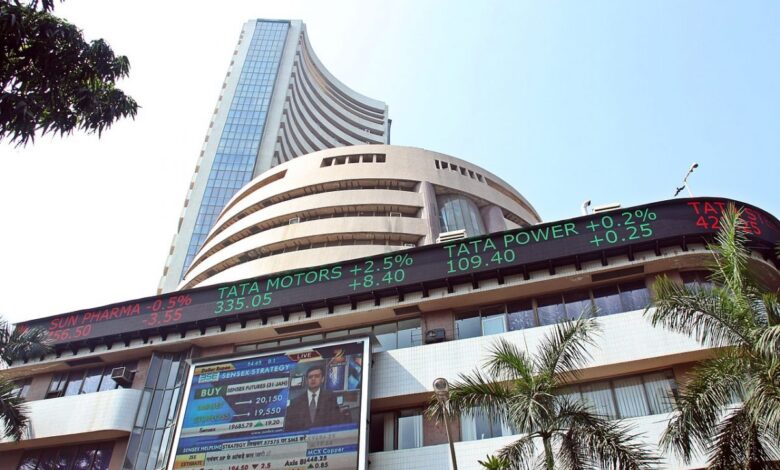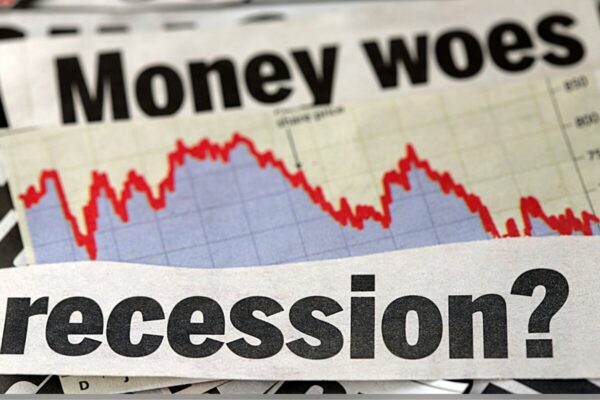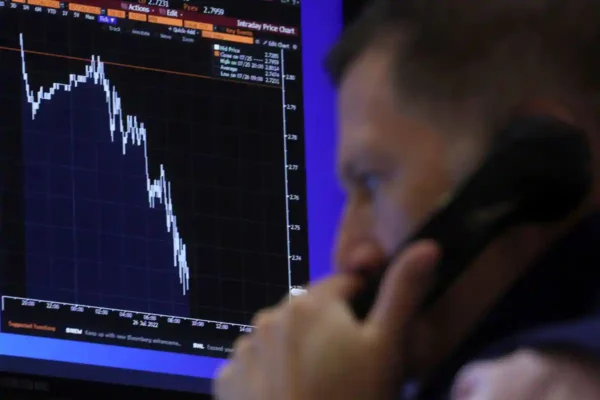What is the outlook for Indian markets in 2023?

What is the outlook for Indian markets in 2023?
Indian markets are predicted to outperform peers in 2023 despite a difficult global macroeconomic environment, though perhaps at a slower rate as the benefits of the economy’s reopening have worn off, and monetary tightening may further hurt domestic demand.
Since most of the unfavourable facets are now behind us, analysts predicted a positive year for equities in 2019. However, given that India will hold general elections in 2024, political worries could have an impact on markets in the second half of 2023.
In comparison to 2022, the world is predicted to be more benign, which would assist emerging markets. However, India’s lagging outperformance may slow down in the first half of 2023 due to relative valuations.
Foreign investors would face a challenging choice next year, according to S Naren, ED, and CIO of ICICI Prudential AMC: either invest in a business that is pricey but fundamentally good or invest in a market that is inexpensive valuation-wise but may not be structurally stable.
In an era when global central banks are shifting toward quantitative tightening, Naren thinks India delivers a secular growth story unmatched by any other emerging or developed market. India continues to be among the world’s costliest markets despite growing optimism about its growth.

Recession may potentially start to manifest itself in a number of industrialized economies. Even if there were a global recession, India’s effects would probably be small, he continues. India’s equity market valuations have historically stayed high and at a premium relative to the rest of the area.
Analysts haven’t yet been hurt by India’s valuations, though, as they aren’t currently in an oversold area and seem to have already been factored in. The forward price-earnings (PE) ratio for MSCI India is at 22 times, which is 30% more than the 16.7 times average for the past decade.
According to Goldman Sachs analysts, the Nifty will reach 20,500 by the end of 2023, driven by 15 percent earnings growth in 2023–2024 and a small value drop as India’s multiples may be supported by geopolitical concerns and light foreign positioning.
Indian equities may not outperform for the third year in a row due to factors like valuations, persistent cyclical problems like sticky core inflation, interest rate increases, a weak currency, better prospects for China, and globally cyclical North Asian equities, according to Goldman Sachs analysts.
Looking ahead to 2023, Sunil Koul, executive director (Asia Pacific Portfolio Strategy, Global Macro Research), Goldman Sachs, states that he believes foreign flows could be sluggish in India at the beginning of the year as equity leadership is expected to change towards China/North Asia, but they may build up later in the year as domestic economy tanks in the second half, the dollar is predicted to reverse, and the international macro-environment rebounds stimulating wide risk-taking in the sector.

The first half of this year saw a record outflow of capital from foreign institutional investors (FIIs) into India. With $11 billion in inflows since July, FII flows have reversed, leaving a net $19 billion in FII selling for the year—the second-largest selling in the region behind Taiwan. To foster market liquidity, domestic institutions (mutual funds, insurance) have net purchased Rs 2.58 trillion so far this year, completely offsetting the rout of FII selling.
There is a compelling argument for an absolute positive to Indian stocks due to the following factors: an improving profit cycle, rising short rates that are expected to peak in the first half of 2023, and declining global macro risks compared to 2022. However, India’s relative gains would slow down in 2023, according to Ridham Desai, MD of Morgan Stanley India.
Morgan Stanley has projected a Sensex goal of 68,500 by the end of 2023, based on the following assumptions: domestic growth remains robust; the United States does not enter a protracted recession; the Indian government continues to implement its policies of support, and the Reserve Bank of India (RBI) executes a measured exit of rate hikes. There was an increase of 5% and 7% in projected EPS for fiscal years 23 and 24, respectively.
The Indian stock market continued its strong performance during the latter half of 2022, with the Sensex and the Nifty reaching all-time peaks in December. Despite the fact that both have increased by over 7% so far this year, the rally is not broad because most stocks are still struggling to stay viable.

The experts at HDFC Securities are known for their conservative market outlook. The current PE for Nifty is 22.4, while the forward PE for FY24 is 18.9. We think there is a very small chance of an increase in valuation, and there is a risk to the downside for FY24 consensus earnings. As a result, the index’s upside potential will be limited, and at best, it will increase in step with earnings, according to the domestic brokerage business.
India currently has one of the world’s fastest-expanding economies. On the domestic front, it has, nevertheless, indicated great economic resiliency. The nation has performed well even in unsteady international situations thanks to the resilience displayed by domestic investors against foreign outflows and high consumer mood.
All things considered, the financial sector has recently done fairly. Once they had stabilized the quality of their assets over the course of two years, they planned to expand in 2022. Most banks have reported growth that is on par with or above market forecasts. The worth of PSU equities has been identified by investors thanks to the benefits of consolidation and improved balance sheets.
Some of the stocks may be bought for as little as 0.3–0.4 times their book value, which is considerably less than previous lows. In the last few months, especially, the difference between both the largest private sector banks and PSUs has narrowed.
PSUs were successful in passing on the cost to lenders despite the difficult economic climate, leading to increased net interest margins (NIMs) and improved profits for the majority of banks. The banking industry is a good place to cash out after this recent upswing. We can decide on 2023 once we check for the third quarter earnings and their discussion. However, huge reductions in some equities’ severe discounts have happened.
Edited by Prakriti Arora




